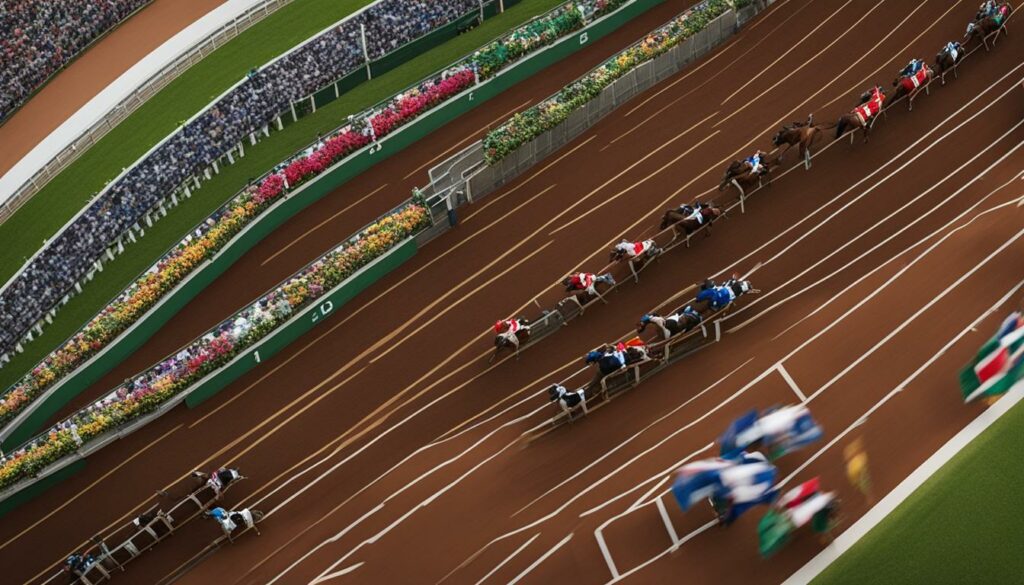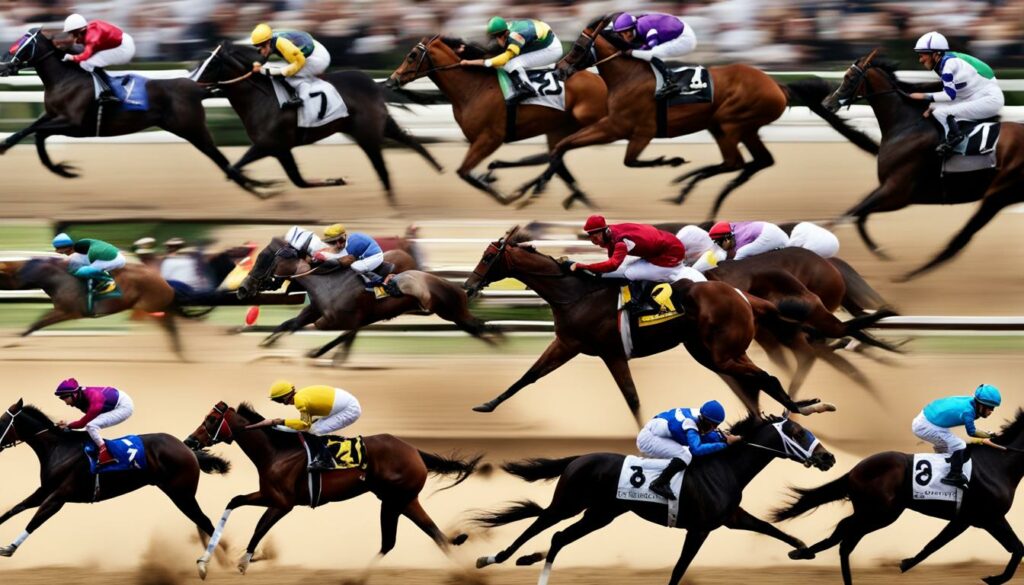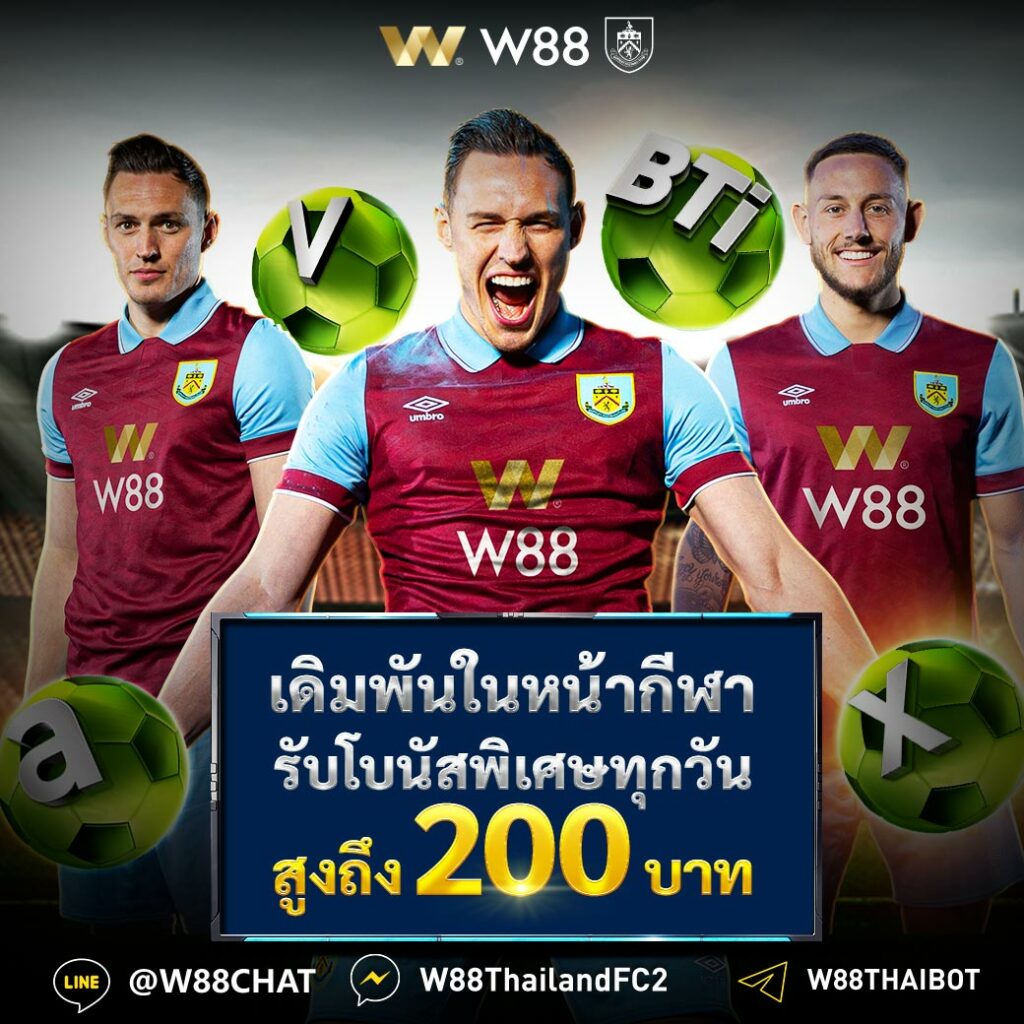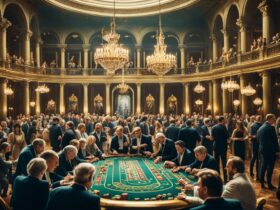If you’re looking to get more out of your betting on Grade 1 horse races, you’ve come to the right place. This article will provide you with the best strategies for betting on these high-stakes races, including Grade 1 horse racing betting tips that will maximize your chances of success. Whether you’re a seasoned bettor or just starting, our expert tips and proven techniques will help you navigate the world of Grade 1 horse race betting like a pro. So, get ready to take your betting game to the next level!
Understanding Grade 1 Horse Races
Grade 1 horse races are top-level competitions that feature the most talented horses and skilled jockeys. These races are known for their high stakes, with significant purses and prestige on the line.
The races are typically held on premium tracks with high-quality racing conditions. The tracks are well-maintained, with suitable surfaces for the horses to run on. These factors contribute to the caliber of horses that participate in Grade 1 races.
For bettors, Grade 1 races present unique challenges and opportunities. The competitiveness of the races means that there is a higher degree of uncertainty in the outcome, which can make it more challenging to identify winning bets.
However, by increasing your understanding of these races’ characteristics and how they influence betting strategies, you can increase your chances of success at the track. In the next sections, we’ll explore proven approaches to analyzing past performances, handicapping and using speed figures, and managing your bankroll effectively. We’ll also discuss the importance of identifying value bets and avoiding overbetting to maximize your profits in Grade 1 horse race betting.
Analyzing Past Performances and Form
When it comes to betting on Grade 1 horse races, a crucial step towards success is to analyze a horse’s past performances and form. Understanding a horse’s racing history can provide valuable insights into its racing strategies, strengths, and weaknesses. Here are some factors to consider when evaluating a horse’s past performances:
- Past races: Look at the horse’s previous races and analyze its performance against similar competition. Consider factors such as distance, surface, track speed, and its position throughout the race.
- Jockey performance: The jockey’s role in a horse’s performance cannot be underestimated, so take a close look at the jockey’s past performances in Grade 1 races. Identifying jockeys with a successful track record can provide valuable insights into the horse’s chances of winning.
- Track conditions: Track conditions can significantly impact a race, so it’s essential to evaluate the impact of track-specific variables such as artificial lighting, heat, and track configuration.
- Workouts: Recent workouts can provide valuable insights into the horse’s fitness level, form, and ability to stay healthy for the race.
- Breeding: Understanding a horse’s breeding can provide valuable insights into its race potential. For example, some stallions are known for producing successful offspring on particular racetracks or track conditions, so keep an eye out for this information.
To help structure your analysis, one useful tool is a Past Performance Form, which provides an overview of a horse’s previous races and performance. Here’s a simple example:
By analyzing a horse’s past performances and form, you can make informed decisions when betting on Grade 1 horse races. However, remember that no two races are the same, and many variables can impact a horse’s performance, so always approach betting with a cautious and informed mindset.
Handicapping and Speed Figures
Handicapping and using speed figures are essential factors in successful betting for Grade 1 horse racing. Handicapping helps in assessing a horse’s form and potential to win. This process involves considering various factors that can influence a horse’s ability to compete, including track conditions, jockey-trends, and past performances. Speed figures are numerical expressions that provide crucial information about a horse’s performance and potential speed.
There are several handicapping methods, and choosing which one(s) to use comes down to personal preference. Those who prefer a mathematical approach will enjoy the Figure System, while Daily Racing Form has its own intricacies. The point, however, is to find the most appropriate method that suits your style for Grade 1 betting.
Speed figures provide crucial data on past performances and current form, serving as a helpful tool in evaluating a horse’s potential speed and how it may handle different track conditions. For instance, a speed figure may indicate that a horse has the potential to finish the race before other competitors.
Tips: To utilize handicapping and speed figures effectively, go back to the horse’s past performances in Grade 1 races. Consistency and good speed figures are ideal for winning a high-stakes race. A horse with a reliable speed figure that can adjust to different track conditions can be a strong contender.

Paying Attention to Trainer and Jockey Trends
Trainers and jockeys are critical factors in a horse’s performance, and understanding their recent success rates and track preferences can help maximize your profits when betting on Grade 1 horse races. By identifying winning trends, you can better predict which horses have the potential to finish strong and place winning bets.
One helpful tool is to examine a trainer’s win percentage at the specific track and distance of the upcoming race. If they have a particularly high success rate with certain horses or under specific conditions, these trends can inform your betting decisions. Pay attention to a jockey’s performance history as well, noting recent wins and how they perform on different horses.

Examples of Trainer and Jockey Trends
| Trainer | Win Percentage | Preferred Horse Characteristics |
|---|---|---|
| Bob Baffert | 26% | Strong sprinters and horses with early speed |
| Chad Brown | 20% | Fillies and mares, turf races |
| Steve Asmussen | 23% | Young horses and sprinters |
Keep in mind that trainer and jockey trends are just one piece of the puzzle when it comes to successful betting on Grade 1 horse races. Analyzing past performances and using effective handicapping techniques are also crucial aspects of informed wagering.
Managing Your Bankroll and Wagering Strategically
When it comes to betting on Grade 1 horse races, proper bankroll management and strategic wagering are critical for long-term success. No matter how well you analyze the races or follow expert tips, if you don’t manage your funds effectively, you’ll risk losing your bankroll and credibility. Here are some useful tips to help you allocate your funds, determine bet sizes, and avoid common pitfalls that can jeopardize your bankroll:
1. Set a Bankroll and Stick to It
Before placing any bets, set aside a specific amount of money as your bankroll for the day or week. Split your bankroll into smaller units, so you don’t risk losing your entire fund on a single bet. A rule of thumb is to limit your bets to 1-3% of your total bankroll per race, depending on your confidence level in the bet.
2. Bet Consistently
Consistency is key to effective bankroll management and maximizing profits. Avoid making hasty decisions or chasing losses in an emotional state. Stick to your pre-determined bets and bet sizes, even during a losing streak, as losses and wins are part of the game. Avoid placing bets just because you’re bored or want to recover losses quickly.
3. Seek Value Bets
Identify horses that offer higher odds than their actual chance of winning, a.k.a. value bets. Look for overlooked horses with potential or horses that have improved their form recently. Avoid betting on favorites or the crowd-pleasers, as they often offer lower returns. Use past performance analysis, handicapping, and speed figures to spot value bets.
4. Control Your Impulses
Control your betting impulses by avoiding overbetting. Stick to your betting plan and avoid increasing your bet sizes in response to a win or a loss. Be patient and wait for the right moment to place your bets. Avoid complicated betting systems, as they often lead to confusion and unnecessary risks.
By following these tips and managing your bankroll effectively, you’ll be well on your way to maximizing your profits on Grade 1 horse races. Remember to bet strategically, seek value bets, and control your impulses to ensure long-term profitability and success at the track.
Identifying Value Bets and Avoiding Overbetting
When betting on Grade 1 horse races, it’s important to not only identify the horses with the highest chances of winning but also to find value bets. Value bets are horses whose odds are higher than their actual chances of winning, offering greater potential for profit.
A proven strategy for identifying value bets is to analyze a horse’s past performances and form. Look for horses that have been consistently running well but haven’t yet received much attention from bettors or bookmakers. These horses may have flown under the radar and offer more value than those with more hype and attention.
It’s also crucial to avoid overbetting, which can quickly eat away at your bankroll even if you win the bet. Set a budget for each race and stick to it, no matter how confident you feel about a particular horse’s chances of winning. Remember to consider the odds, risks, and potential rewards when deciding how much to bet, instead of making impulsive decisions based on emotions or gut feelings.
“A good horse at long odds is often a better bet than a bad horse at short odds.”
Another valuable tip is to shop around for the best odds and betting lines. Different sportsbooks and online betting websites may offer different odds for the same race, so make sure to compare and find the best value bets.
Example Table: Identifying Value Bets
| Horse | Odds | Past Performances | Value |
|---|---|---|---|
| Secretariat | 4-1 | Won last 5 races by a wide margin | No value |
| Thunderbolt | 10-1 | Consistent top 3 finishes in past 5 races | High value |
| Dreamcatcher | 5-1 | Won last 2 races but against weaker competition | Some value |
In the example table, Thunderbolt would be the value bet at 10-1 odds, as they have consistent top 3 finishes and may be underrated by bookmakers. On the other hand, Secretariat offers no value despite being a top horse, while Dreamcatcher may offer some value but not as much as Thunderbolt.
By sticking to these proven strategies and avoiding overbetting, you can make informed and profitable betting decisions on Grade 1 horse races.
Conclusion
Implementing the best strategies for betting on Grade 1 horse races is essential to increase your chances of success at the track. By understanding the unique characteristics and significance of these races, analyzing past performances, using effective handicapping techniques, and paying attention to trainer and jockey trends, you can make informed betting decisions to maximize your profits.
Remember to manage your bankroll wisely and wager strategically to avoid common pitfalls that can jeopardize your profits. Identifying value bets and avoiding overbetting can also help you make smart betting decisions and increase your long-term profitability.
With these Grade 1 horse racing betting tips, you’re well-equipped to succeed in this high-stakes and highly competitive sport. Use these proven strategies to improve your betting game and boost your chances of winning big. Good luck and happy betting!












